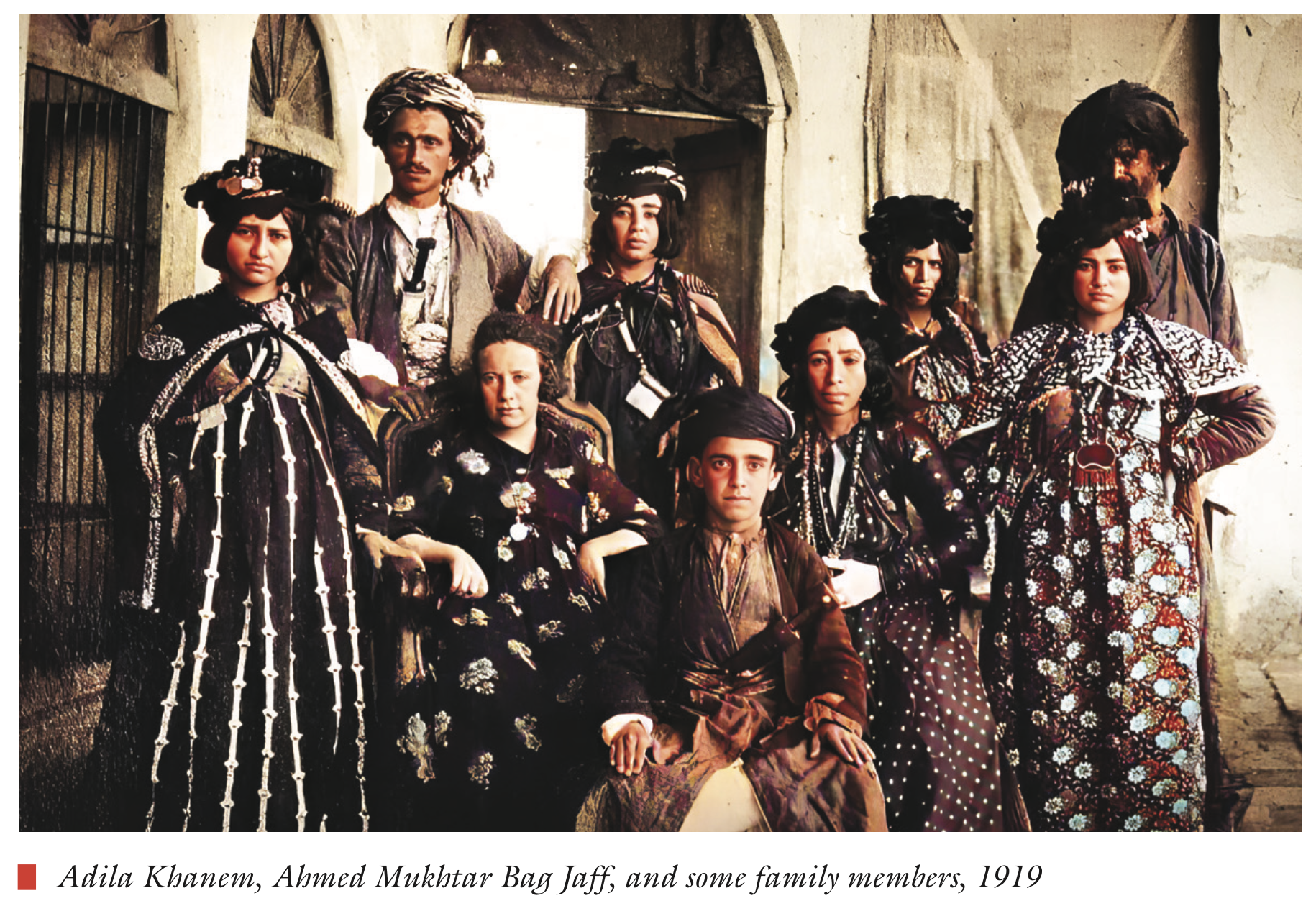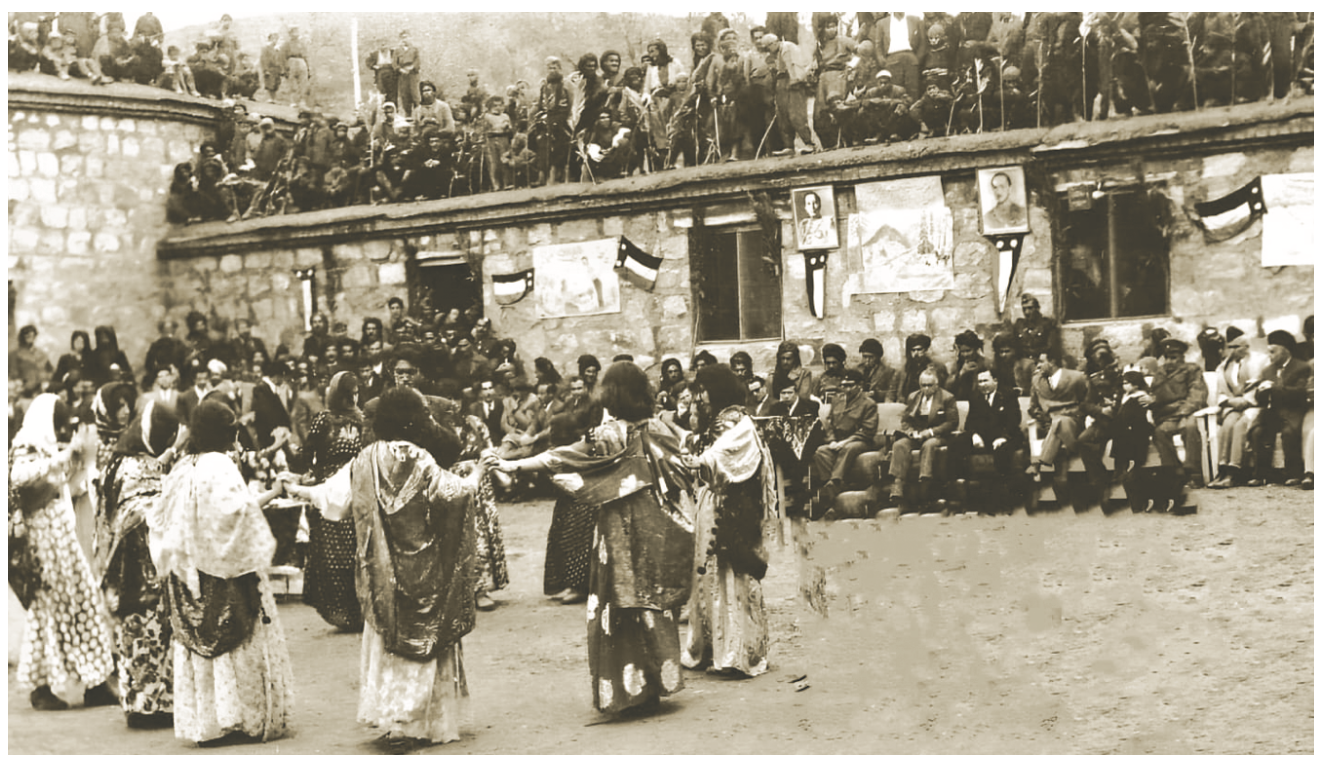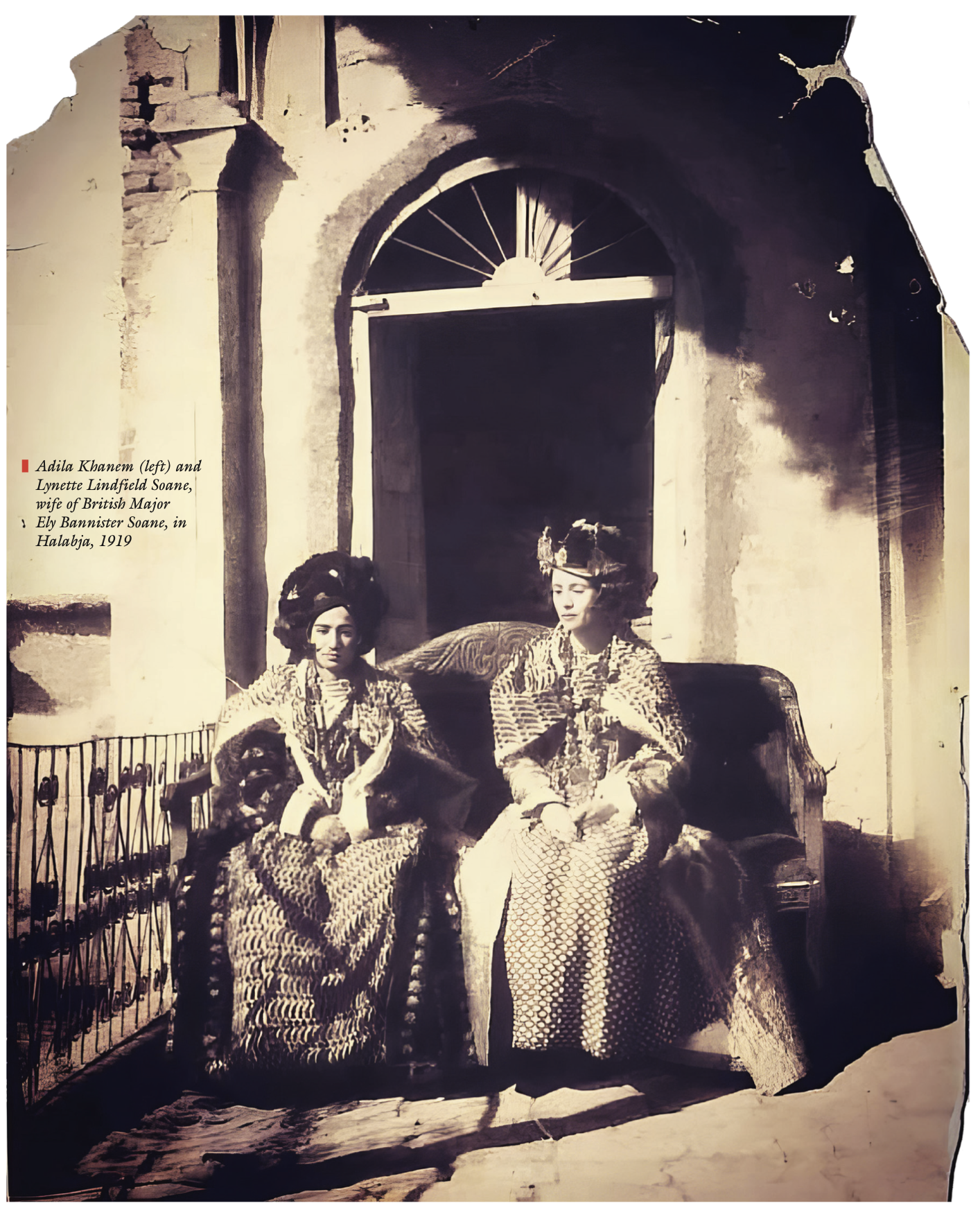Halabja, one of the oldest and most picturesque cities in the Kurdistan Region, boasts a rich history spanning approximately 500 years. The city’s origins trace back to settlers from remote villages in the Hawraman region and Eastern Kurdistan (northwestern Iran) more broadly. For centuries, the people of Halabja have engaged in agriculture, horticulture, and livestock breeding, with trade playing a lesser yet significant role, particularly along the region’s major north-south routes. These routes connected dozens of cities and regions, establishing Halabja as a vital hub for travelers.
Historical significance and growth
Geographically nestled between the Hawraman region and the historical Shahrizor region, Halabja’s development began during the Ottoman Empire, particularly following the Battle of Chalderan in 1514. The Ottoman army was temporarily stationed in the city, marking the beginning of Halabja’s evolution as a vibrant center of agriculture and horticulture. The influx of people from distant villages and cities further fueled its growth, transforming Halabja into a fertile and prosperous settlement.
Over time, Halabja became a melting pot of cultures and social classes. Nomads from Hawraman, aristocrats from Jawanro Castle, and influential families from the Ottoman Empire settled in the city, quickly establishing control over its land, water resources, and borders. The city’s fertile soil, favorable climate, and abundant water sources made it an ideal location for settlement and agricultural production.

Cultural and intellectual hub
Halabja’s strategic location and thriving trade routes attracted numerous scholars, poets, and intellectuals. Throughout history, the city produced notable Kurdish figures such as Sayyid in Tawella (Kurdish poet, 1189-1271), Nali in Shahrizor (Kurdish poet, 1800-1856), Mawlawi Tawagozi (Kurdish poet, 1806-1882), Ahmad Mukhtar Jaff (Kurdish poet and politician, 1898-1935), and many others. Families of scholars, including those of Sheikh Osmani Sirajaddin (Kurdish Sufi and scholar, 1781-1867), Sheikh Baba Rasul, and Abdulaziz Pris, became the bedrock of education for future generations in Halabja.
The city also fostered a rich cultural heritage, with various families contributing to the intellectual and educational landscape. Noble tribes from surrounding regions settled in Halabja, adding to its diverse cultural tapestry. Halabja thus became a model of coexistence, where different religions, ethnicities, and nationalities lived harmoniously. Despite its predominantly Muslim population, the city welcomed Kaka’is (followers of Yarsanism) and Jews, all of whom regarded Halabja as their home.

Legacy of resistance and resilience
Throughout its history, Halabja has been a stronghold of resistance against oppression. It played a pivotal role in Kurdish revolutions, serving as a beacon of intellectual and political consciousness. The city was the birthplace of various political ideologies and movements, and its people were at the forefront of the struggle for freedom and land protection. The city’s peshmerga fighters and political leaders have become symbols of Kurdish resistance and pride.
Halabja’s defiance against subjugation is exemplified by its resistance to various occupations and oppressive regimes, including the Iraqi state. The city endured numerous attacks, deportations, and genocides, most notably during the 1974 bombing and the subsequent displacement of its people to Iran. Despite these hardships, the city’s spirit remained unbroken.
The tragedy of 1988 and international recognition
Halabja’s most tragic chapter unfolded on March 16, 1988, when the Iraqi regime under Saddam Hussein, launched a chemical attack that claimed the lives of over 5,000 people, including women, children, and the elderly. More than 10,000 others were injured or displaced, fleeing to Iran to escape the devastation. This horrific event cemented Halabja’s place in history as a symbol of Kurdish suffering and resilience.
In the wake of the 1991 Kurdish uprising against the Iraqi government, Halabja played a crucial role in the fall of the Ba’ath regime. The city supported the establishment of the Kurdistan Regional Government (KRG), contributing representatives to both the government and parliament. With the liberation of Kurdistan and Iraq by allied forces and the establishment of no-fly zones, Halabja began to rebuild and reclaim its former glory.

Renewal and progress
In the years following the liberation, Halabja has experienced significant growth and development. The city has emerged as a center for agriculture, horticulture, livestock, culture, and tourism. It is a thriving, strategic hub with a governor’s office, a central administration, and numerous civil, cultural, and political institutions.
Women have played a prominent role in Halabja’s revival, holding key government positions and contributing to the city’s administration. The appointment of a woman politician and lawyer Nuxsha Nasih as mayor in 2016 is a testament to the city’s progressive stance on gender equality. Halabja has become a beacon of coexistence, intellectualism, and cultural richness, with its people embracing new ideas, the love of life, and the freedom of expression.
Halabja’s future
In recognition of its historical significance and contributions, the KRG and the Iraqi government declared Halabja a province in 2014. The city, which had been a district since the early 1920s, now stands as a province with its own villages, towns, and districts.
Today, Halabja is a symbol of Kurdish identity and resilience, known worldwide for its tragic past and vibrant present. It is a city where art, literature, thought, and politics flourish, and where the spirit of freedom and progress continues to thrive. The eyes of the world remain fixed on Halabja, as it embodies the hope and determination of the Kurdish people.
Nukhsha Nasih is a Kurdish politician currently serving as the mayor of Halabja.